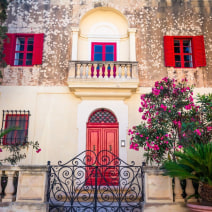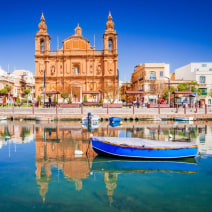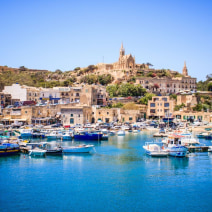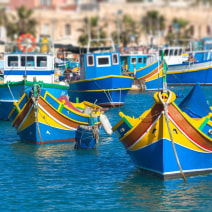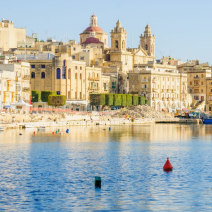Malta Travel Guide
Malta is a captivating destination with a rich history, stunning coastlines, and a vibrant mix of cultures. From ancient temples to picturesque villages and breathtaking beaches, Malta offers a unique blend of experiences.
Malta has a population of around 516,000 people and two official languages, Maltese and English, making it an accessible destination for many travellers. Its capital city, Valletta, is a UNESCO World Heritage site and a hub of architectural and historical significance.
Emerging from a history that includes the Knights of St John, Malta has become a thriving and welcoming destination. There’s a wealth of experiences for everyone to enjoy, from exploring historical sites such as the Mdina, to enjoying the island’s stunning coastline with its crystal-clear waters.
We've outlined some general information that may be helpful to you when planning your next holiday to Malta.

Time Zone & Currency
Malta is one hour ahead of Greenwich Mean Time (GMT) throughout the year. The currency in Malta is the Euro.

Weather in Malta
Malta enjoys a Mediterranean climate, with mild winters and hot, dry summers. In the cooler months, temperatures remain comfortable, and the island is perfect for sightseeing.

Reading For Your Trip To Malta
The Great Siege: Malta 1565 by Ernle Bradford
The Kappillan of Malta by Nicholas Monsarrat
The Sword and the Scimitar by David Ball
Best time to go to Malta
Malta is a stunning Mediterranean destination with a warm climate, making it a great choice to visit year-round. However, the best time to explore Malta often depends on the type of activities you have planned.
We recommend visiting in Spring (April to June) or Autumn (September to November) when the weather is pleasantly warm, and the island is less crowded. These months are ideal for sightseeing, enjoying outdoor activities, and exploring Malta's historical sites and charming towns.
Top Tourist Attractions In Malta
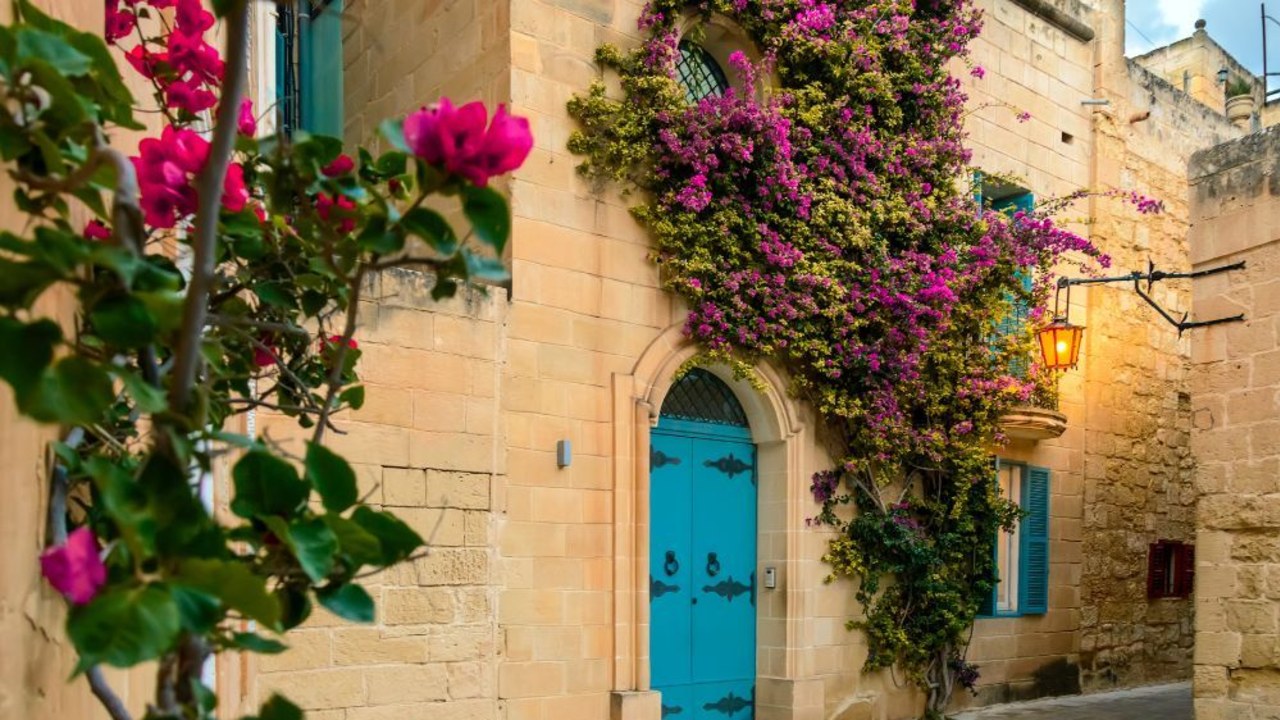
Visit Malta's Top Tourist Attractions
With a rich history spanning 7,000 years, Malta boasts a captivating fusion of culture, cuisine, language, and landscapes, offering a wealth of sights and activities to enjoy.
Food and drink in Malta
Maltese cuisine incorporates an interesting mix of culinary influences – a result of successive occupations by foreign invaders as well as close proximity to Sicily. Some must try dishes include:
- Ġbejna: Traditional Maltese sheep’s milk cheese, often served fresh, sundried, or marinated with herbs.
- Pastizzi: Iconic flaky pastries filled with ricotta cheese or spiced peas, popular as a quick and delicious snack.
- Rabbit Stew (Stuffat tal-Fenek): Malta’s national dish, a slow-cooked rabbit stew flavoured with wine, garlic, and herbs.
- Ftira: A traditional Maltese bread, often served as a sandwich with fillings like tuna, olives, capers, and tomatoes.
- Lampuki Pie: A savoury pie made with lampuki (dolphin fish), spinach, and other vegetables, reflecting Malta's fishing heritage.
Malta’s wine production is small, but its wines are gaining international attention.The indigenous grape varieties are Gellewza and Ghirghentina, which are producing some excellent wines of distinct body and flavour.
Malta Travel Guide FAQs
Can you give a brief history of Malta?
Malta has a rich and diverse history shaped by its strategic location in the Mediterranean. The island has been inhabited since prehistoric times, with the construction of the Megalithic Temples—some of the oldest freestanding structures in the world. Over the centuries, Malta was ruled by several civilisations, including the Phoenicians, Romans, Arabs, Normans, and the Knights of St John, who fortified the island and left a legacy of stunning architecture, including Valletta.
In the 16th century, Malta famously withstood the Great Siege by the Ottoman Empire. The island was later part of the British Empire and played a pivotal role in World War II, earning the George Cross for its bravery. Malta gained independence in 1964 and became a republic in 1974. Today, it is celebrated for its unique blend of cultures, ancient history, and natural beauty.
Do I require a holiday visa to travel to Malta?
A valid passport is required for this holiday. EU citizens do not need a visa. Non-EU citizens should check their requirements.
Is Malta safe?
The destinations on your itinerary are generally safe, and our guides are always attentive to your well-being. However, as with any large city, there may be opportunists and pickpockets. It’s sensible to remain vigilant, particularly in crowded tourist areas, and to keep a close eye on your personal belongings.
Useful Links
- For up-to-date information regarding entry into Malta please see: www.gov.uk
- Official Malta Tourism Board: www.visitmalta.com
